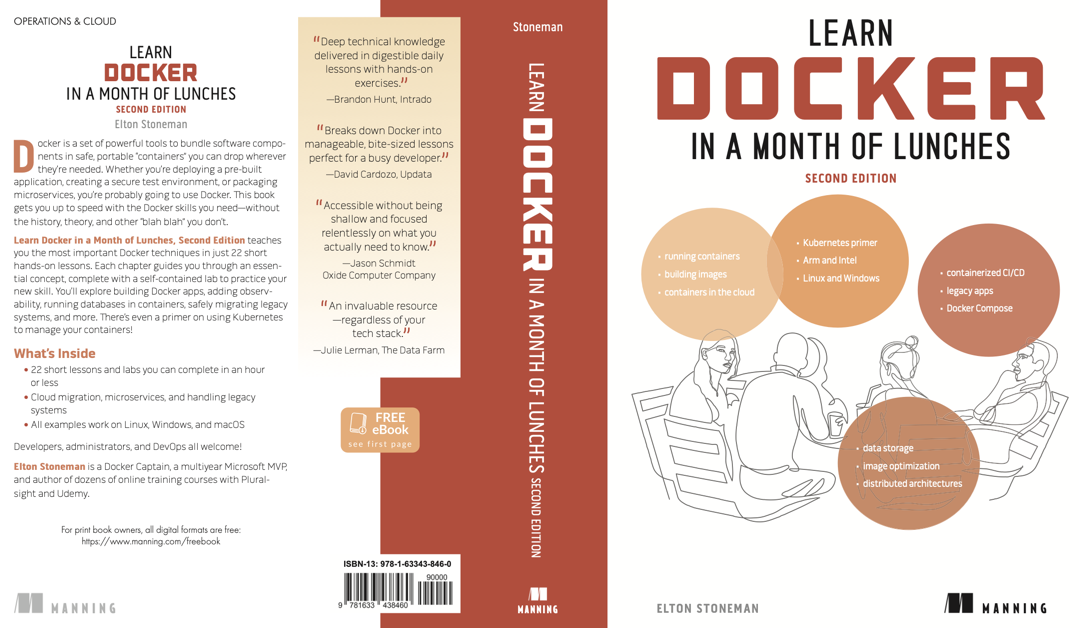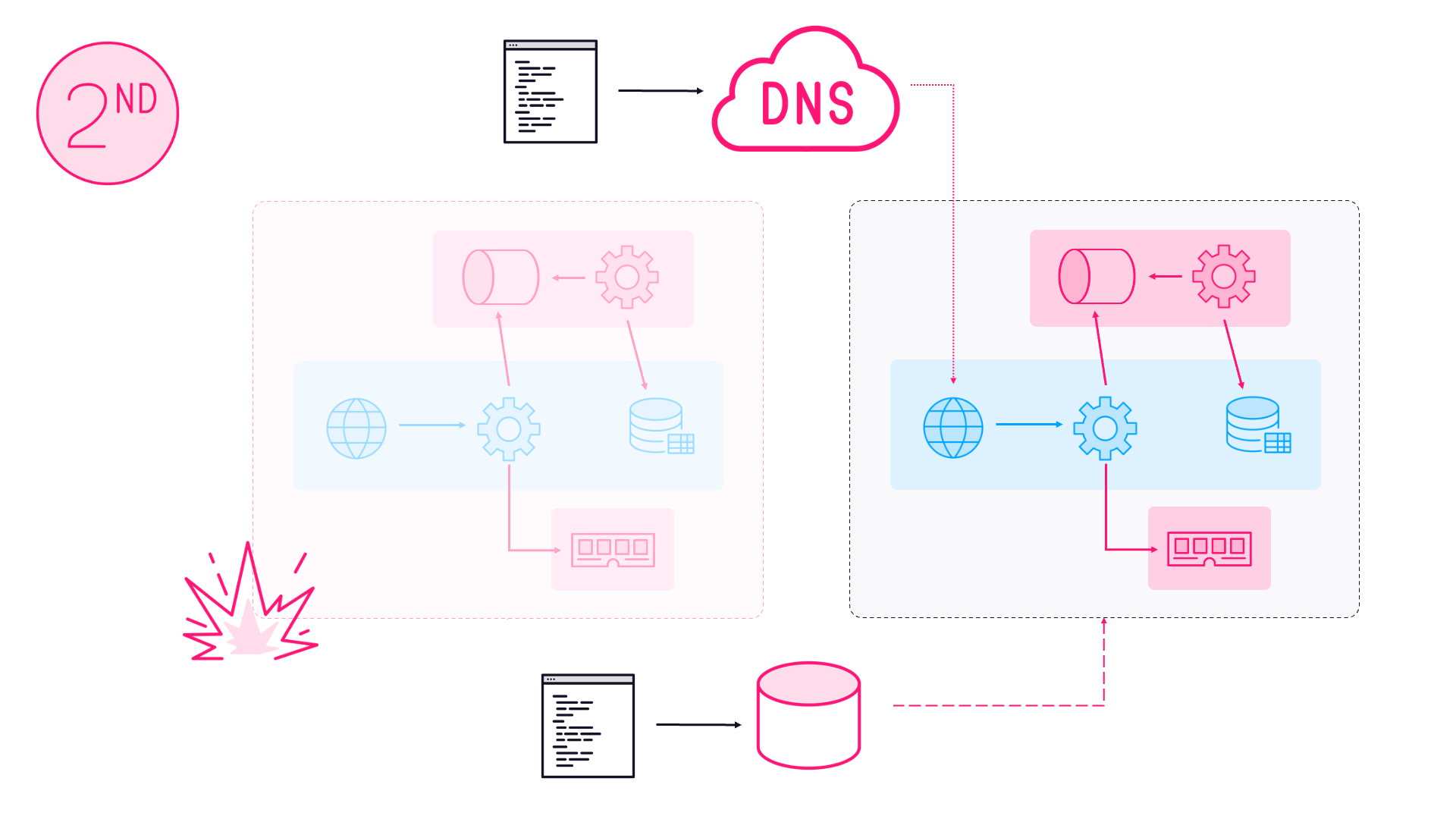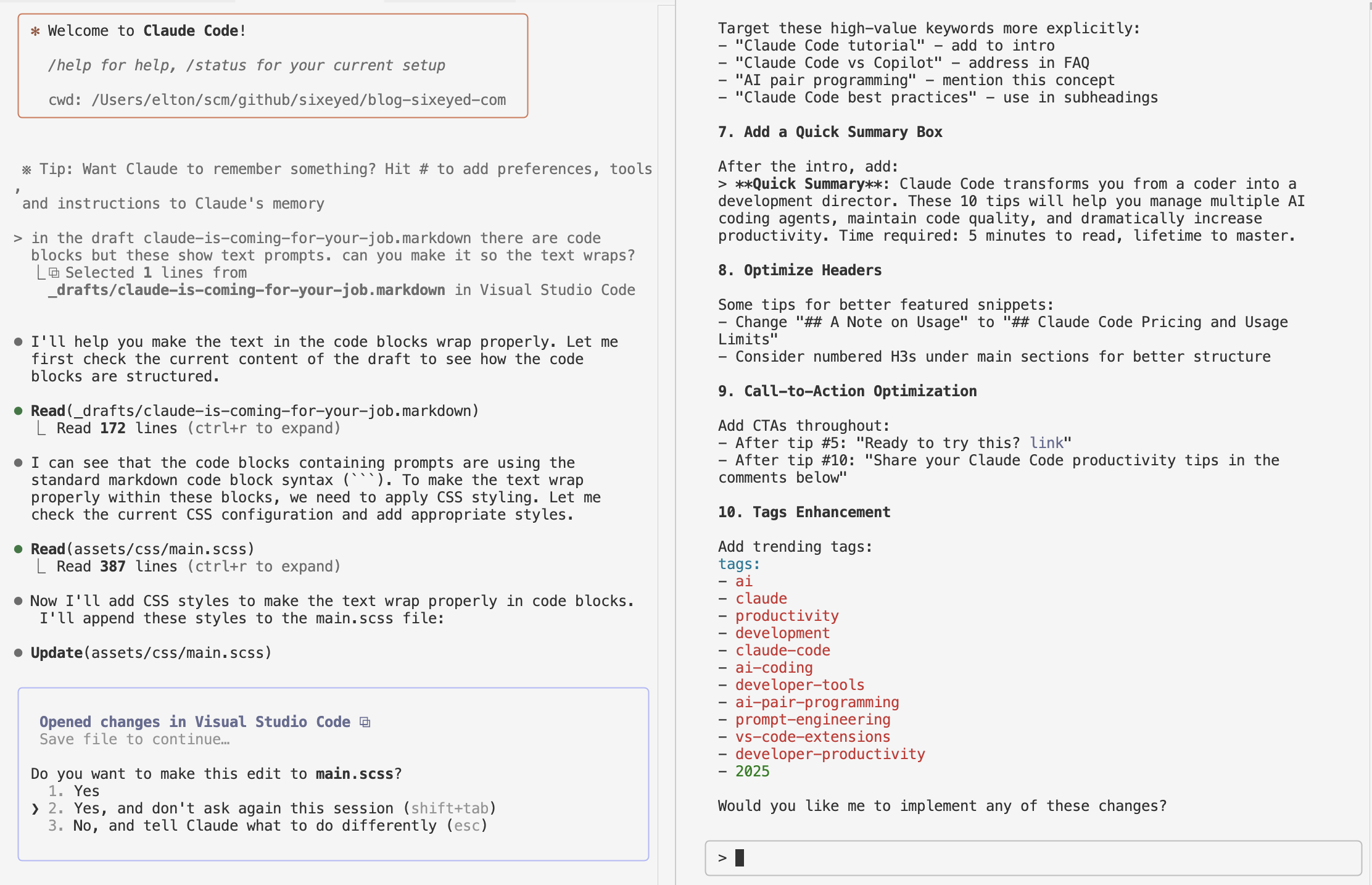Locking Helm Releases to Prevent Upgrades (and Downgrades)

The Challenge: Preventing Unwanted Helm Upgrades and Downgrades
It’s great having a single ‘Up’ pipeline for your apps which deploys the whole stack, creating whatever resources it needs and ensuring the deployment matches the spec in your source repo. Idempotence is the key here so your IaC will create or update infrastructure as required, and if you’re using Kubernetes and Helm then you get desired-state deployment for the software.
One small issue you might see is if you have common services - say a data storage or monitoring subsystem - which are shared for multiple deployments of the app. If those deployments are different test environments running from different branches of the code then you might get into a tricky scenario:
- you update the shared service Helm chart to v1.1 in the dev branch
- you run the Up pipeline to deploy to the latest code to the dev environment
- later someone deploys an earlier version from a release branch to the test environment
- the release branch uses v1.0 of the Helm chart, so your shared service gets downgraded
Helm has the upgrade --install command which supports this idempotent approach, but there’s no flag to say install it if it hasn’t been deployed yet, or upgrade it if it has - but only upgrade it if this version number is higher than the one for the current release. In that case it would be useful to lock the release to prevent any further upgrades or downgrades, but there’s no helm lock command either.
Pending Status to the Rescue
When Helm installs and upgrades get interrupted they can leave the release in a pending state - pending-upgrade or pending-rollback, usually when an operation times out. It’s a nasty situation which requires manually deleting the Helm release Secret (until this HIP is completed) - but it effectively prevents any further changes to the release, so we can abuse it to create a lock.
The scripting for this is fairly simple, but it does rely on the internals of how Helm represents a release, so it’s liable to be broken at some point (it’s working as of Helm 3.16). Every time you install or upgrade a release Helm creates a Kubernetes Secret which contains an encoded representation of the release.
You can try this with a simple Helm chart from my book Learn Kubernetes in a Month of Lunches (see also my Docker book announcement):
helm repo add kiamol https://kiamol.net
helm repo update
helm -n default upgrade --install vweb kiamol/vweb
The Helm chart models a Deployment and a Service, but the install also creates a Secret:
PS>kubectl get secret
NAME TYPE DATA AGE
sh.helm.release.v1.vweb.v1 helm.sh/release.v1 1 3m18s
In the Secret is all the chart contents, plus metadata about the release.
Inspecting the Helm Secret
You can decode the Secret but that won’t help you much - the content is in the release field, and it’s a ZIP file, encoded as a Base64 text stream. So to read the contents you need to decode the Base64 representation in Kubernetes, then decode it again to get the raw ZIP content, then pass it through the gunzip tool.
This extracts the raw data into a JSON file (using a *nix shell):
kubectl get secrets sh.helm.release.v1.vweb.v1 -o=jsonpath='{ .data.release }' | base64 -d | base64 -d | gunzip -c > data_release.json
In the JSON you’ll see the YAML manifest for the deployment which Helm generated, plus the original chart contents. The interesting fields for us though are info and version:
{
"name": "vweb",
"info": {
"first_deployed": "2024-10-16T07:53:28.496644+01:00",
"last_deployed": "2024-10-16T07:53:28.496644+01:00",
"deleted": "",
"description": "Install complete",
"status": "deployed"
},
"version": 1
}
When you run a helm upgrade command it decodes all this and checks the value of info.status before it proceeds. If it sees the release is pending then it won’t continue.
Updating the Helm Secret to Lock the Release
Now we can see how to trick Helm into blocking any updates. The process is:
- extract and decode and unzip the
releasevalue from the Secret into a JSON file - update the
info.statusvalue in the JSON - also increment the
versionfield and set a useful description - zip and encode the updated
releaseJSON - get the Secret and store as a YAML file
- update the
releasefield in the YAML with the new data - update the YAML metadata
- apply the updated Secret YAML
I use yq to make the JSON and YAML updates.
In Bash it looks like this - setting some variables first for the release we want to lock (fetch them from helm ls):
RELEASE_NAMESPACE="default"
RELEASE_NAME="vweb"
RELEASE_VERSION="1"
RELEASE_SECRET_NAME="sh.helm.release.v1.$RELEASE_NAME.v$RELEASE_VERSION"
echo "Fetching release JSON from secret: $RELEASE_SECRET_NAME"
kubectl get secrets -n $RELEASE_NAMESPACE $RELEASE_SECRET_NAME -o=jsonpath='{ .data.release }' | base64 -d | base64 -d | gunzip -c > data_release.json
let "NEW_VERSION=RELEASE_VERSION+1"
echo "Updating release JSON with lock data and new version: $NEW_VERSION"
v=$NEW_VERSION yq -i '.version = env(v)' data_release.json
yq -i '.info.status = "pending-upgrade"' data_release.json
yq -i '.info.description = "LOCKED"' data_release.json
echo "Fetching release secret YAML"
kubectl get secrets -n $RELEASE_NAMESPACE $RELEASE_SECRET_NAME -o=yaml > release_secret.yaml
NEW_SECRET_NAME="sh.helm.release.v1.$RELEASE_NAME.v$NEW_VERSION"
echo "Updating secret YAML with lock JSON and new name: $NEW_SECRET_NAME"
yq -i 'del(.data)' release_secret.yaml
yq -i 'del(.metadata.creationTimestamp)' release_secret.yaml
yq -i 'del(.metadata.resourceVersion)' release_secret.yaml
yq -i 'del(.metadata.uid)' release_secret.yaml
r=$(cat data_release.json | gzip -c | base64 -w0) yq -i '.stringData.release = env(r)' release_secret.yaml
v=$NEW_VERSION yq -i '.metadata.labels.version = strenv(v)' release_secret.yaml
yq -i '.metadata.labels.status = "pending-upgrade"' release_secret.yaml
yq -i '.metadata.labels.locked = "true"' release_secret.yaml
n=$NEW_SECRET_NAME yq -i '.metadata.name = env(n)' release_secret.yaml
kubectl apply -f release_secret.yaml
When you run this it creates a new Kubernetes Secret with the chart contents from the previous release, but with the status set to pending-upgrade, which is what locks the release. It also adds a label to the Secret - locked=true - which makes it easy to undo the lock later.
Locking and Unlocking the Helm Release
If you try this out it should end with the happy message secret/sh.helm.release.v1.vweb.v2 created. Check your Helm releases and you’ll see the vweb app is now at revision 2 and is in pending-upgrade status:
>helm ls --all
NAME NAMESPACE REVISION UPDATED STATUS CHART APP VERSION
vweb default 2 2024-10-16 07:53:28.496644 +0100 BST pending-upgrade vweb-2.0.0 2.0.0
Adding the new Secret mimics a helm upgrade command which timed out and left the release pending. You can see the new Secret has the status label and also the locked label:
>kubectl get secret --show-labels
NAME TYPE DATA AGE LABELS
sh.helm.release.v1.vweb.v1 helm.sh/release.v1 1 29m name=vweb,owner=helm,status=deployed,version=1
sh.helm.release.v1.vweb.v2 helm.sh/release.v1 1 2m56s locked=true,name=vweb,owner=helm,status=pending-upgrade,version=2
The status label is just a convenience - updating that on its own doesn’t lock the release, you need to update the status field in the release JSON
Any attempt to run a helm upgrade will fail now:
>helm upgrade --install vweb kiamol/vweb
Error: UPGRADE FAILED: another operation (install/upgrade/rollback) is in progress
You can unlock the release by deleting the Secret:
kubectl delete secret -l owner=helm,locked=true
And now you can merrily upgrade again:
>helm upgrade --install vweb kiamol/vweb
Release "vweb" has been upgraded. Happy Helming!
NAME: vweb
LAST DEPLOYED: Wed Oct 16 08:26:49 2024
NAMESPACE: tracing-sample
STATUS: deployed
REVISION: 2
TEST SUITE: None
All that’s left is to tidy up the Bash script and wrap it into a Docker image with bash, kubectl and yq installed so you can run it without needing all the dependencies…
Related Reading
If you’re working with Kubernetes and containers, you might find these related posts helpful:
- Getting Started with Kubernetes on Windows - A comprehensive introduction to setting up Kubernetes on Windows
- This Blog Runs on Docker and Kubernetes in Azure - Real-world example of running production workloads on Kubernetes
- You Can’t Always Have Kubernetes: Running Containers in Azure VM Scale Sets - Alternative approaches when Kubernetes isn’t suitable
For more container orchestration insights, check out my Docker and Kubernetes learning resources.





Comments